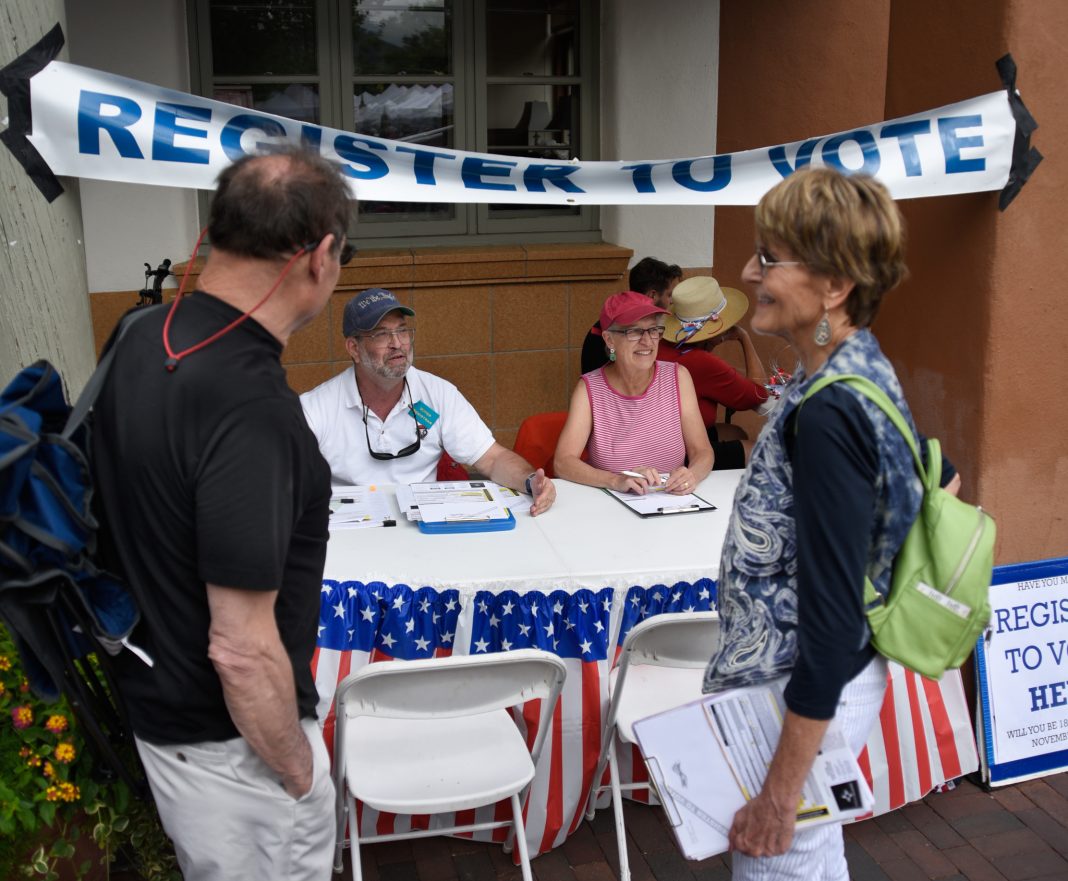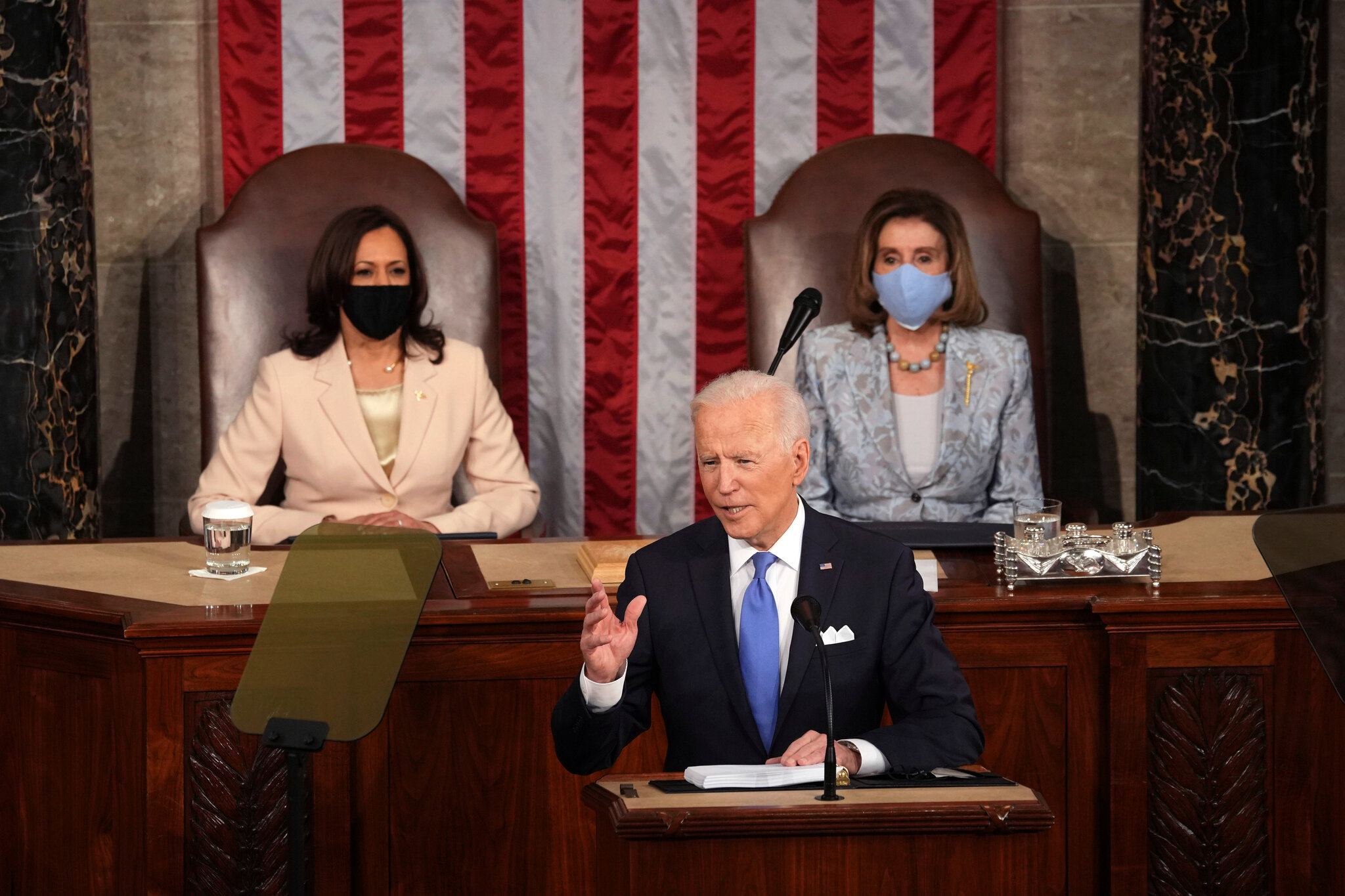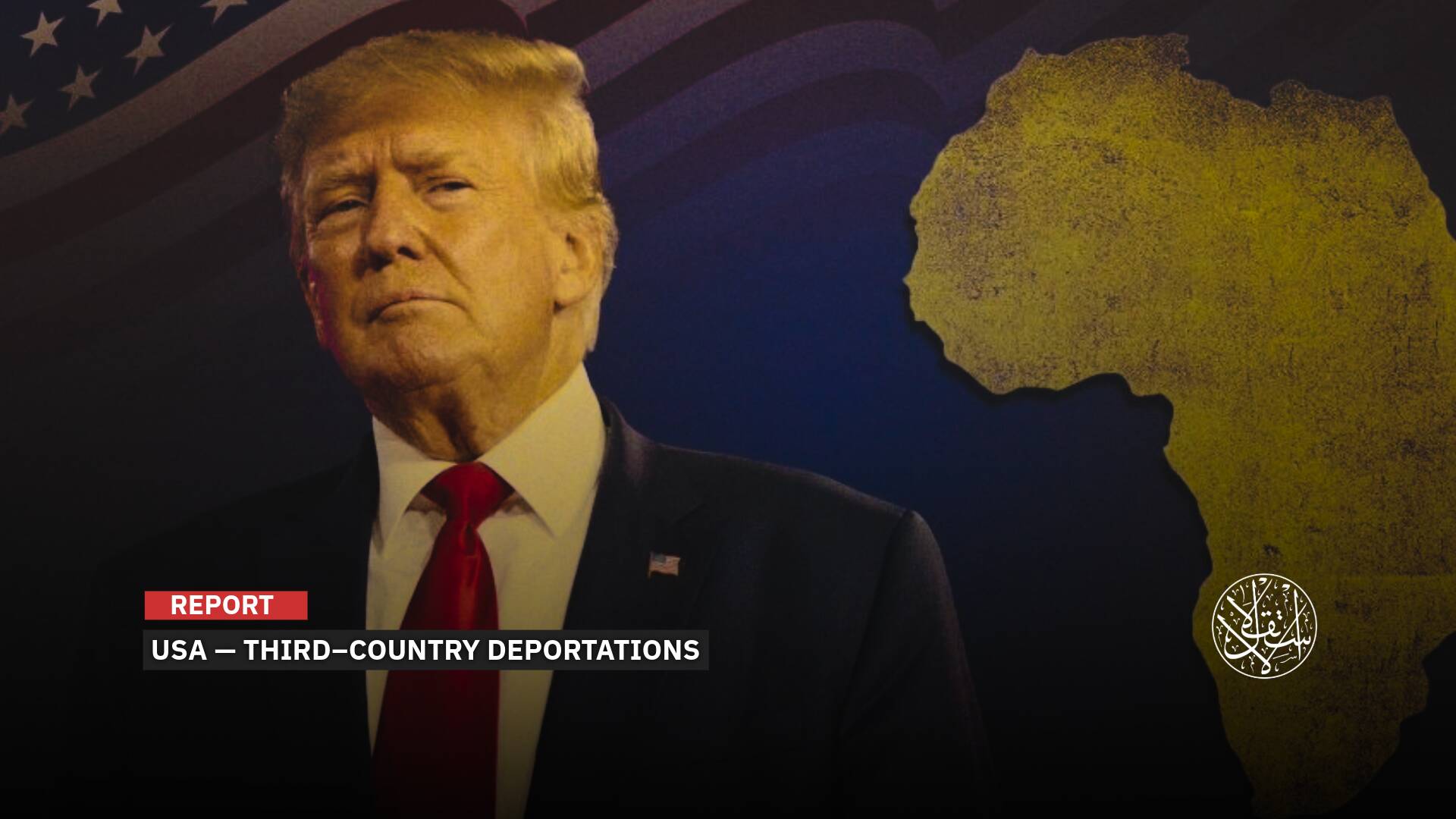How Can the Votes of Four States Determine the Future of the USA?

On Tuesday, November 8, Americans will head to the polls to cast their votes to elect members of Congress and governors of states, in what is known as the midterm elections, which raises many questions about the reasons for holding these elections, their results, and their impact on the country's politics in general, and the upcoming presidential elections in particular.
This election is called "midterms" because it comes in the middle of the president's four-year term, during which voters renew part of the members of Congress (the House of Representatives), governors of some states, and local officials, as well as an opportunity to propose domestic bills.
The US Constitution states that every member of the House of Representatives and about a third of the senators compete halfway between presidential elections.
The US Congress consists of the House of Representatives and the Senate, and all 435 House seats and a third of the hundred Senate seats will be renewed by vote, in addition to 36 out of 50 state governors.
The reason why all seats were not voted on at once was due to the different electoral system and terms of office for those positions.
The Congress is re-elected every two years, while the term of office of the Senate is six years, but one-third of its members are re-elected every two years.
The largest states in terms of seats in Congress are: California (53), Texas (36), Florida (27), New York (27), Illinois (18), Pennsylvania (18), and Ohio (16).
The smallest and least populous have the fewest seats: Alaska, Delaware, Montana, North Dakota, South Dakota, Vermont, and Wyoming all have only one seat in the House of Representatives.
Senators are elected for a six-year term, with only two members representing each of the fifty states, regardless of size.
The midterm elections are a test at the local level because voters also choose municipal councilors, judges, and police chiefs.
The midterm elections also affect state and local governments, with most governors' races taking place, as well as state legislative competitions, mayoral races, and local and school council elections.

'Midterm' Importance
According to the US government website, Gary Nordlinger, a professor of politics at George Washington University, asserted that "whoever controls the House of Representatives or the Senate controls the political program."
"The majority party determines who leads the important committees in Congress, and the president's ability to accomplish his platform has a strong relationship to whether his party controls Congress in both chambers," Nordlinger said.
These include state-level elections for the state governor or state legislature, city-level elections for mayors, local elections for judges and local officials, as well as voting initiatives at the local or state level.
According to Nordlinger, "the vast majority of legislation in the country is passed at the state level and not at the federal level."
Of the 435 seats in the House of Representatives, the two parties retain most of their seats safely, while there will be 30 swing seats.
Democrats currently have a slim majority in the House of Representatives, with 220 Democratic members compared to 212 Republicans.
Suburban areas around cities in states such as Pennsylvania, California, Ohio, and North Carolina will be key, according to the BBC report.
Mark Jones, a professor of political science at Rice University in Houston, told Anadolu Agency: "In about 350 districts of 435 regions, there are no real elections because there is usually a lock on the candidate in those provinces, whether he is a Democrat or a Republican."
"There are only about 50 to 80 races in the House of Representatives, where there is real competition."
"The midterm elections are all important for the House of Representatives this year because 30 or 40 seats will determine whether control of the US House of Representatives will move from Democratic control to Republican control," Jones explained.
As for the Senate, a total of 35 of the 100 seats are put to the polls during this midterm election, of which 12 are Democratic-controlled, and 23 are Republican-controlled.
"Right now, Democrats and Republicans are 50-50 divided in the Senate, with Vice President Kamala Harris voting 51 in favor of Democrats previously," Jones said.
This means that Democrats must win 12 seats during the midterm elections to maintain control of the Senate.
It seems that only four of the 35 seats realistically contested could go either way, as the pivotal races here are in Nevada, Arizona, Georgia, and Pennsylvania, according to the BBC report.

Unclear States
It's still unclear which party has the best chance of taking control of the Senate as election day draws near and the country gets ready to cast its ballots.
But the balance of power between Democrats and Republicans will probably be decided by four contentious elections in various parts of the country.
With polling averages showing no clear advantage for either Republicans or Democrats, the Senate races in Arizona, Nevada, Georgia, and Pennsylvania serve as the starting point in the fight for control of the upper chamber of Congress.
The candidates in each race are striving to be the ones to win and push their respective parties over the 50-seat threshold for a majority.
According to the Real Clear Politics (RCP) average of polls conducted in recent weeks, Republican Herschel Walker has a 1.6% advantage over incumbent Democratic Sen. Raphael Warnock in Georgia, well within the margin of error.
Walker initially trailed Warnock by a wider margin in the summer, as in many contests with a Democratic incumbent in a year that was expected to be favorable for Republicans, but he has since closed that deficit despite attempts by Democrats to portray him as an extremist and unqualified candidate.
Similar progress has been accomplished by Arizona Republican Blake Masters. According to RCP, he is still 2.3% behind Democratic incumbent Sen. Mark Kelly, but that gap is far smaller than the roughly 10-point advantage Kelly had in September.
In Nevada, According to RCP, Republican Adam Laxalt, the state's former attorney general, is ahead of Democratic incumbent Sen. Catherine Cortez Masto by 1.9%. A large portion of his increase in support appears to have come from independent voters in the state's well-known battleground.
Despite Cortez Masto having a higher approval rating among voters, he has kept a lead in the polling average since passing him in September.
According to RCP, Democratic Pennsylvania Lt. Gov. John Fetterman leads Republican Dr. Mehmet Oz by just 0.6% in what is likely the most well-known contest of the year. This is the narrowest margin of victory since the primary elections.
Following ongoing worries about Fetterman's health following a stroke earlier this year and his refusal to provide his medical records, the distance between the two narrowed.
Due to what appeared to be his difficulty speaking and absorbing information during the event, his performance in the one and only debate between the two contenders last week drew harsh criticism.
Wide Gaps
Other Senate races across the nation are still close, but not by the same narrow margin.
These include the contests in Ohio between Republican JD Vance and Democratic Rep. Tim Ryan, Florida between Republican Sen. Marco Rubio and Democratic Rep. Val Demings, North Carolina between Republican Rep. Ted Budd and Democrat Cheri Beasley, and Wisconsin between Republican Sen. Ron Johnson and Democratic Lt. Governor Mandela Barnes.
Although Democrats have targeted Republicans heavily throughout this election cycle, Republicans are favored in each of those contests.
Currently, the Senate is split evenly between the two parties, with Democrats holding the narrowest possible majority thanks to Vice President Kamala Harris' tie-breaking vote.
Republicans would need to win two of the four crucial toss-up seats to take control of the Senate or one of the four seats to keep the 50-50 split if they win the contests in Ohio, Florida, North Carolina, and Wisconsin in addition to every other race they are widely favored to win.









